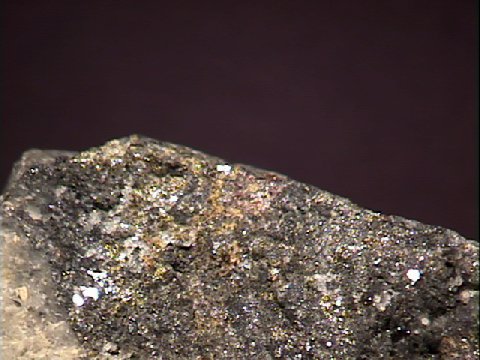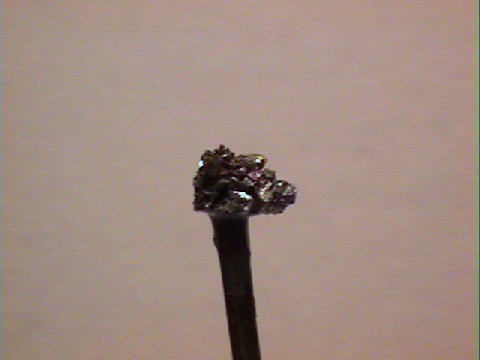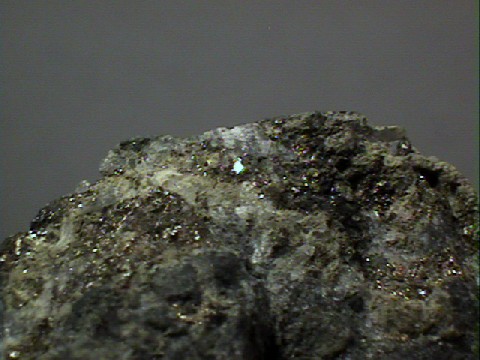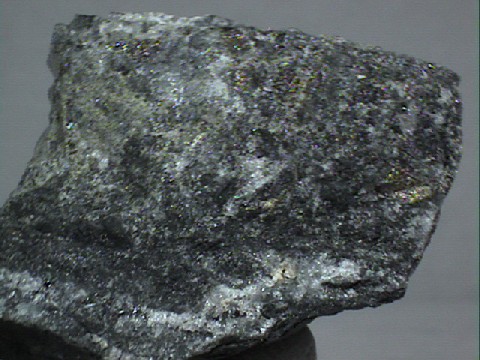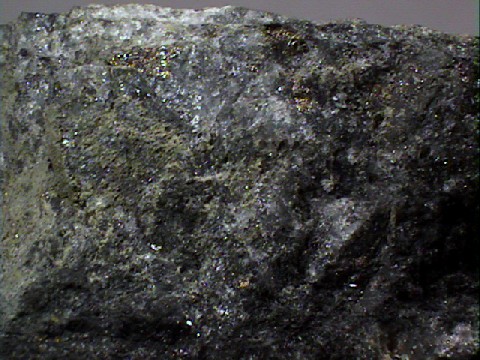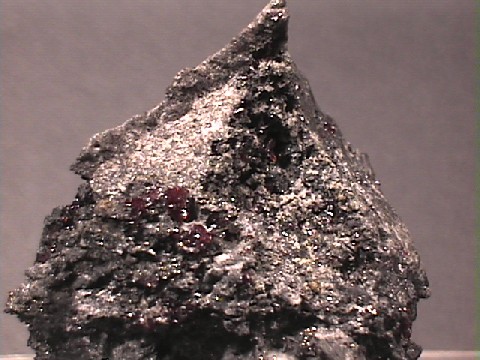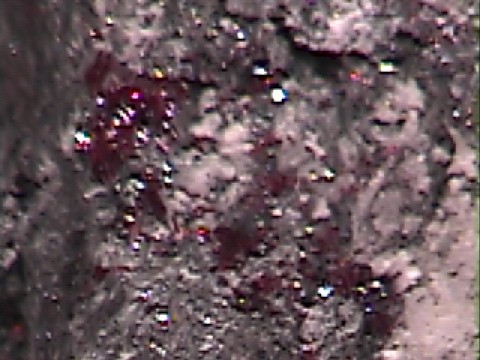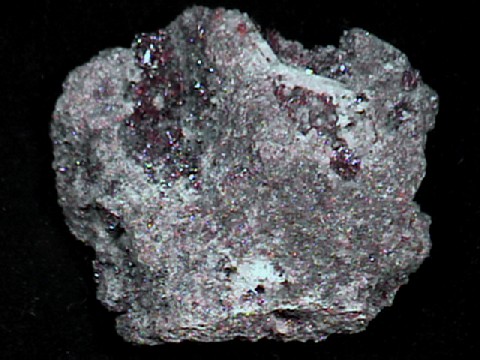 THE MINERAL PROUSTITE
THE MINERAL PROUSTITE
- Chemistry: Ag3AsS3, Silver Arsenic Sulfide
- Class: Sulfides
- Subclass: Sulfosalts
- Uses: A minor ore of silver, as mineral specimens and as a rare gemstone.
Specimens
Pyrargyrite is a silver antimony sulfide and is isostructural with proustite. Isostructural means that the two minerals have the same structure but a different chemistry. There is some substitution of the antimony and arsenic. But in both minerals, the substitution is minor and no solid solution is believed to exist between the two minerals.
Proustite is the rarer of the two minerals and is usually found in the same ore veins with pyrargyrite, silver and other silver sulfides. Fine crystals, with their transparency, luster and color, are very attractive mineral specimens. However, as with other silver minerals, it is reactive to light and can form a white coating upon exposure. This coating can be wiped off, but fine specimens should be stored in closed containers with exposure to light limited.
PHYSICAL CHARACTERISTICS:
- Color is a bright scarlet red to reddish orange.
- Luster is adamantine.
- Transparency: Crystals are translucent to transparent.
- Crystal System is trigonal; 3 m
- Crystal Habits: include prismatic crystals with rhombohedral and scalenohedral faces forming terminations. There is no perpendicular mirror plane and therefore a hemimorphic crystal can be seen, in some rare examples, with differing terminations at the top and bottom of the crystal. Also found massive.
- Cleavage is sometimes distinct in three directions forming rhombohedrons.
- Fracture is conchoidal.
- Hardness is 2 - 2.5
- Specific Gravity is approximately 5.6 (very heavy for translucent minerals)
- Streak is red.
- Associated Minerals include pyrargyrite, silver, tetrahedrite, calcite, quartz, galena, sphalerite and other silver vein minerals.
- Other Characteristics: A white film forms on the surface of crystals upon exposure to light.
- Notable Occurrences include Atacama, Chile; silver mines in Saxony Germany; Poorman Mine, Idaho and Chihuahua, Mexico.
- Best Field Indicators are crystal habit, density, association with pyrargyrite and color.


